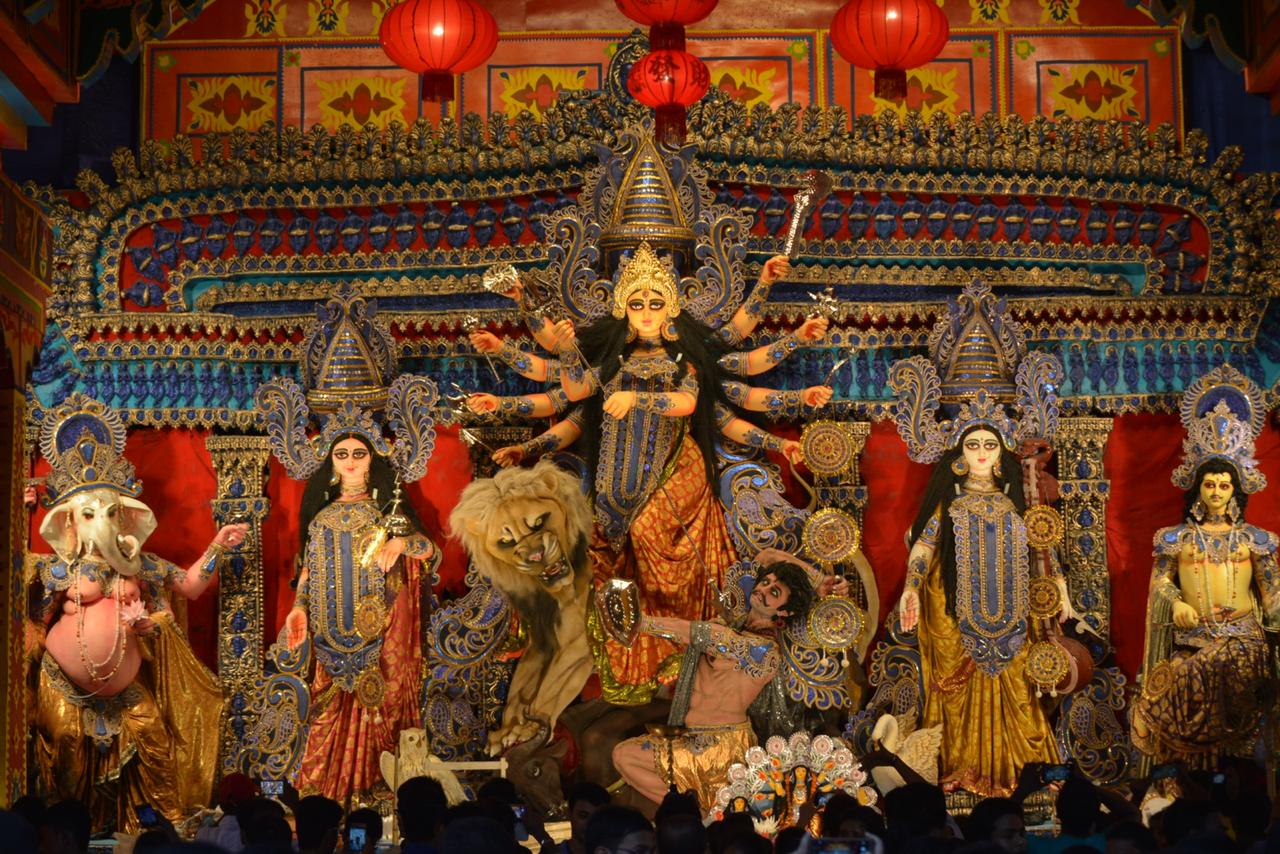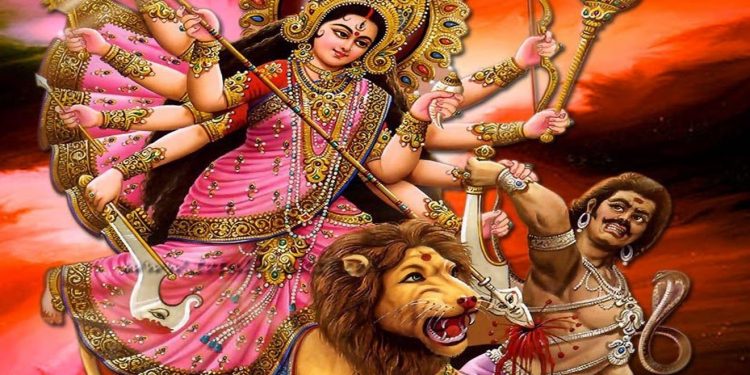In another week or so, Hindus will celebrate one of their most popular festivals… Durga Puja. It is that time of the year when new clothes will adorn men, women and children, the tongue will titillate at the culinary delights on offer and above all there will be that festive spirit which will continue to linger on and on.
But then that is just the festive part of Durga Puja. There are also other facts associated with Goddess Durga. She is the embodiment of all the gods and goddess. Durga emanated in response to the prayers of humans and gods to put an end to the vicious and deadly demons and she is a symbol of hope against evil forces.
The literal meaning of the word ‘Durga’ is fort. The significance of this title to goddess indicates that she protects her devotees like a fort protects its residents. There is a very common phrase related to Goddess Durga which goes as ‘Durga Durgati Nashini’. It means that Durga will end all misfortunes of her devotees.
Goddess Durga is depicted with three eyes that signify sun, moon and fire besides the past, present and future. It also means that she is eternal and will always exist.
Goddess Durga has 10 arms. Mainly it symbolises the way she protects her devotees from all forces of evil. The 10 hands of Lord Durga have in them a conch, chakra, lotus, sword, bow and arrow, trishul, mace, thunderbolt, snake and flame. Each and every one of these objects has a symbolic meaning.

Here is what they mean
Conch: The conch is the symbol of the primordial sound called ‘Om’ from which the entire creation emerged. It signifies that Goddess Durga is the creator of this universe.
Chakra: The discus-shaped thing revolving around Goddess Durga’s hands symbolises that the entire universe revolves around her and she is in the centre of all activities.
Lotus: It portrays that with Goddess Durga’s compassion mortals can get over their worldly bondage and evil to attain ‘Moksha’ or salvation.
Sword: Her sword is definitely a protective weapon. But it has another meaning. The sword marks the sharpness of the human intellect which enables it to differentiate between the good and the evil.
Bow and arrow: The bow and arrow are symbols of energy. While the bow represents potential energy, the arrow is a symbol of kinetic energy.
Trishul: The trishul or the trident has three sharp edges. It symbolises the fact that humans are composed of three ‘gunas’ or qualities namely Tamas (inactivity and lethargic tendency), Rajas (hyperactivity and desires) and Sattva (positivity and purity). It is only with Goddess Durga’s compassion that the three qualities can be conquered.
Mace: The mace in Goddess Durga’s hand is a symbol of loyalty, love and devotion to Mother Durga.
Thunderbolt: It represents firmness and solidarity of purpose with which humans should pursue the ultimate goal of their lives.
Snake: The snake usually moves in a wriggling motion. Here it symbolises the human mind which slowly moves upwards from the lower state of consciousness to the higher state of existence.
Flame: It signifies wisdom and knowledge that is required to get the worldly benefits as well as the spiritual attainments.
PNN






































